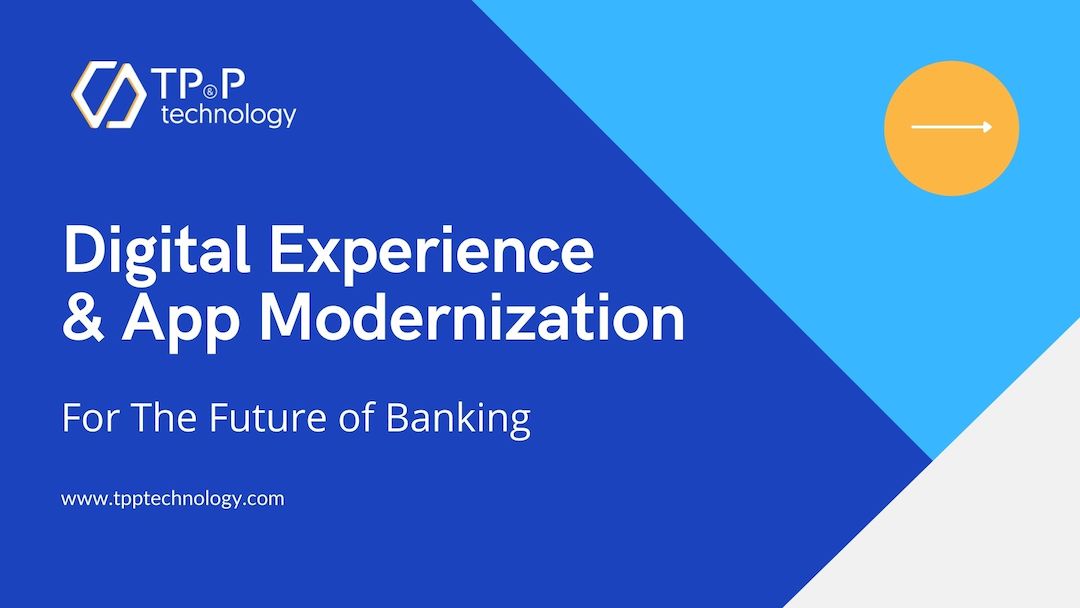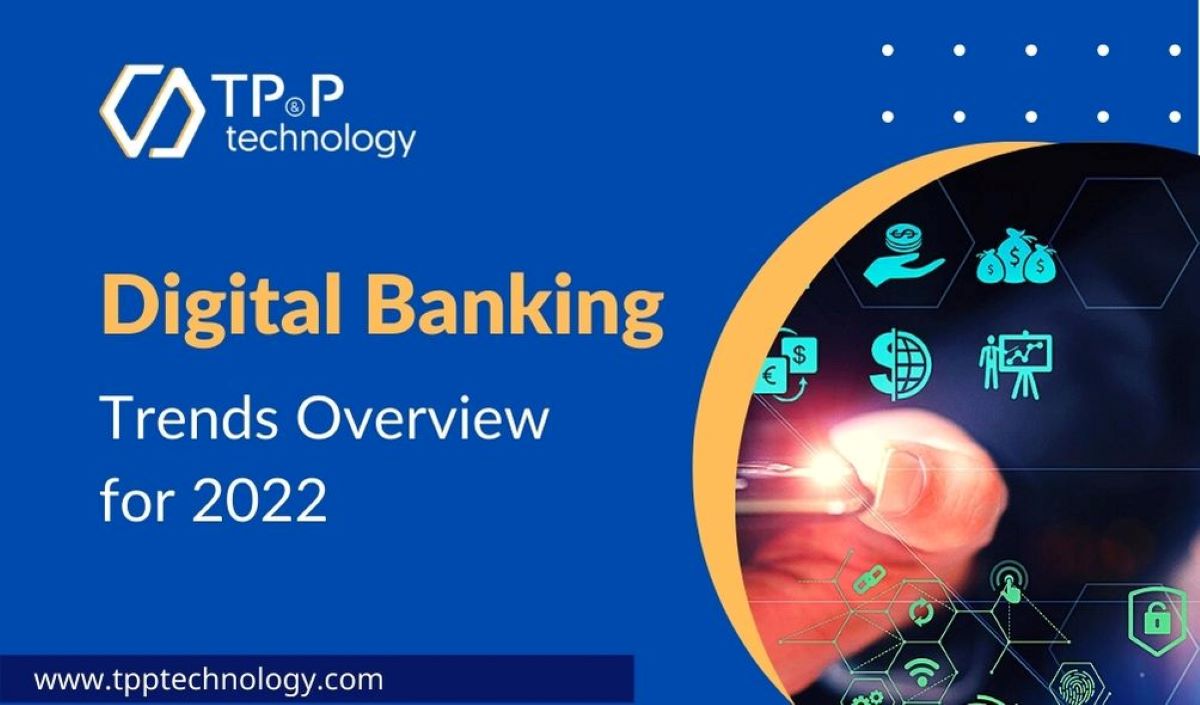
Digital Experience & App Modernization For The Future of Banking
How do traditional banks and financial institutions build the bank of the future? Specifically, how do you create the best case user experience for digital banking of the future? In the past, traditional banking might offer low or free account opening and management fees, but such incentives may not attract the customers of today’s digital economy.
Banks may need to set aside those traditional lures and instead provide customers with a personalized, smooth, digital banking experience to convert the potential into customers.
Digital Transformation Starts From Within
The prerequisite of a pleasant digital experience starts internally, within the bank itself. In fact, with the current pandemic going on, banks and financial institutions must quickly transform and pivot - enable their entire workforce to work from home and still maintain an operation as efficiently as usual. To enable this, banks need to rely on modern technologies like cloud computing and advanced data analytics.
Providing bank staff with the digital tools needed to facilitate work-from-home is the first step to enable banks and financial institutions to respond to customers' demands during the pandemic times like these, where face-to-face meetings are replaced by digital interactions instead. With IT resources in the cloud, banks staff can access the needed business applications anywhere, anytime to carry out their jobs as usual.
Many banks have been on the quest of simplifying their IT operating environment, in part by decommissioning and/or modernizing many of their legacy applications. In fact, a large number of banks have been moving a significant amount of their computing power to the public cloud - with a target for increasing gradually by over 50% within a year.
Transformations to bring digital experience to customers
By moving to the cloud, banks can also lower the cost of processing and storing data that fuels modern customer journeys. Moreover, cloud computing technology enables intelligent automation, which could reduce tasks that are repetitively performed by humans and minimize the risk associated with constant software changes.
Such advantages empower banks and financial institutions to offer new digital banking features, and enhancements more effectively and reliably, and bringing cost and time-effectiveness to customers.
Yet, digital experiences also require personalization that is custom-tailored services provided to each specific customer. Personalization is just as essential here.
For example, banks could incorporate features like proactive monitoring of spending to notify customers of potential frauds and unusual transactions, recommendations of suitable banking products that help customers improve the quality of their finances, or other financial and investment services suggestions.
Moreover, it is not relevant for a digital banking app to offer new content for users, on a daily basis, as if it were an entertainment portal. Yet, a wholesome digital banking experience must provide tailored customer experiences for both online banking platforms and physical bank branches.
Banking industry & cloud transformations
In fact, transforming banking infrastructure is more than just migrating data from on-premises systems into the cloud.
For starters, banks must identify which components of their infrastructure are best suited for the cloud and which legacy apps to retire, as well as which to migrate, and which to leave as is. For a typical bank, transformation begins with migrating from on-premises to cloud environments.
On the other hand, a number of banks opt for an infrastructure modernization approach by shifting their traditional IT computing power onto the private cloud gradually each month.
Other considerations in terms of modernization, which banks should take into account include:
- Since a typical bank would have thousands of business apps and servers, it can be quite a challenge to modernize everything at once. Thus, it’s essential to prioritize and actually formulate guidelines for prioritizations, which can include factors such as risk vs. reward, costs, or efficiency.
- It’s also important to align the objectives of modernizations with the corresponding goals of the specific business units. Overall, this should translate into the improvement of customer experience. For example, will the modernization effort enable faster services or reduce costs serving customers?
Regardless of the prioritization rules, banks should opt for the transformation that can bring the most value first. Additionally, since modernization is a complicated process and requires professional expertise, banks should not perform all this alone but can find the right partners like software vendors to help with modernization experience for consultation and advice.
With a proper roadmap, banks can transform and bring new services offerings and products to their customers and effectively keep up with market changes in a changing world like today.
Conclusion:
To effectively compete in the new digital era, banks must distinguish themselves by providing a best-case digital experience to their customers. Such a digital experience must keep pace with the rapidly changing customer and market needs, including digital and in-person services.
Banks will have to leverage modern technologies and their many benefits, like cloud computing and advanced analytics. Technologies offer banks the much-needed flexibility and agility to empower banks and accelerate their transformation.



